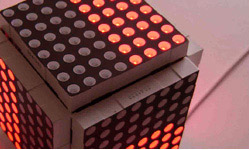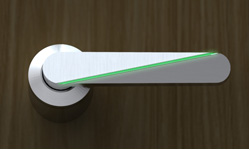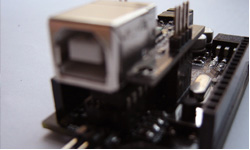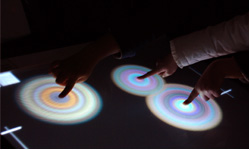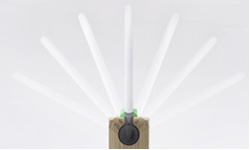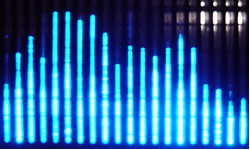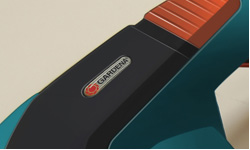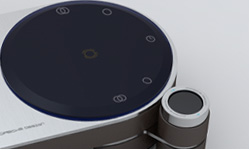
OVERVIEW
FuSe is a concept proposal of a security access system for the Bravida company.
In order to catch up new technology and enlarge their market, Bravida wants to explore the potential future of their card reader (5-8 years out). Their expectation of the new design should fulfill the feeling of high-tech and futuristic looking.
----
In collaboration with my classmates, Josh Treuhaft, Parisa Golmohammadi and Vera Karlsson.

RESEARCH
Observations and Interviews
In order to know how the system is currently being used and discover room for improvement, we started with user observations and interviews.
During the observations and interviews, we classified our findings into three aspects:
- card issue
- reader issue
- system (management)
----
I made a short video to record our fruitful day.

Problem Identification
Instead of focusing on the user interface itself, we paid more attention on how to improve the user's interactive experience. From the user research, we identified the problems. The scenario shows the main problems we want to focus in our design.

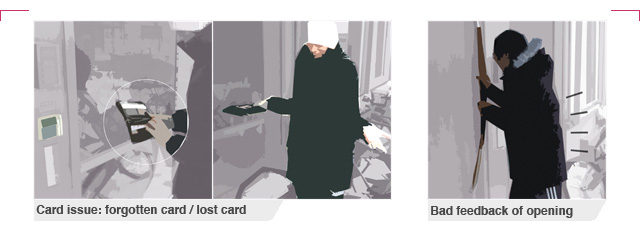

IDEATION

Concept
About 6 rough concepts came from brainstorming and brainsketching. we evaluated the concepts according to the identified problems and tried to combine different ideas to generate more interesting ones.
The concept we decided to move forward with is the combination of a projected interface and an RFID device (the physical device with RFID tag carried by users).
Users can be detected by the system when they approach the entrance and the specific interface will be projected according to the user group they belong to.
Features
- flexible interface based on users needs
- adjustable height interface projection
- invisible interface
- weather resistant
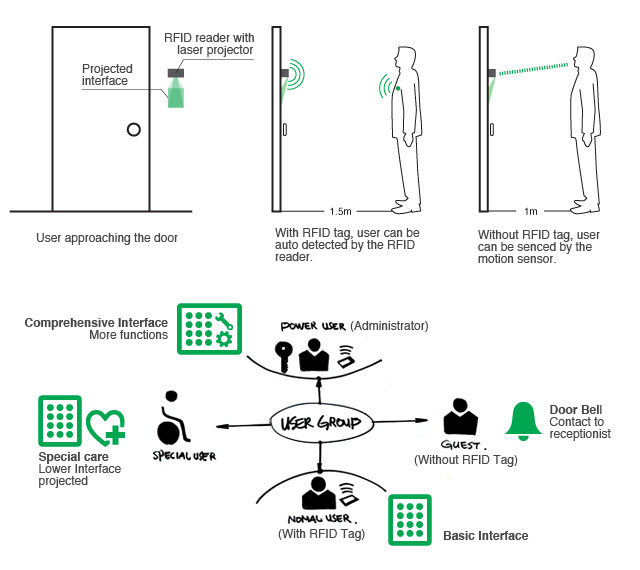
USER TESTING
Lo-Fi prototype testing was carried out in several rounds by using a mockup entrance. After each round, we upgraded the system according to the feedback (users reaction and interviews).
Keypad
Since the keypad is projected, we thought it was necessary to work on some details to make it easy to operate for the user. We tried different layouts, sizes, button spacing, colors and also added the sound feedback after the second round testing.
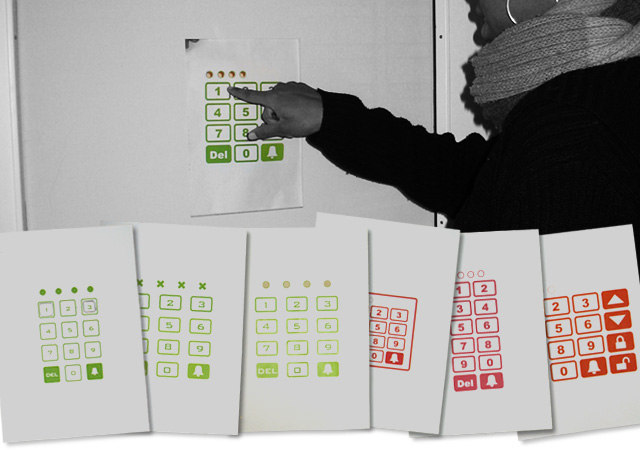
Icons
Four icons (Door bell, Access denied, Enter and No access) were used in the system. In order to determine the most effective ones, we made many iterations of each icons. During the test, we observed users' reaction to icons, and we also asked them to evaluate different icons after each test.
RFID Device
We offered different items which can be used as the RFID device, and we made an evaluation form for the user to rate the items and leave comments.
Before each test, we asked the user to choose one item which they are more likely to carry to conduct the test. After analyzing the data from the evaluation forms, the carabiner was chosen to be developed as the RFID device.

SKETCHES

SOLUTION

INTERFACE
The final interface is the result from the user testing. Simplicity is the basic rule in our interface design. We want to keep the interface and icons as simple as possible but also make it easy to follow for the users.
I made a video demo to show the specific interface for each user group and how they interact with it. Sound feedback is also added in this demo.


OUR GROUP
It's A Group Effort
During the whole process, everyone worked hard and tried to do the best work to the project. It was a really good memory -- working in a holken with a lot of discussing and a lot of fun.
My Contribution
- responsible for the interface design
- couple of concepts (Laser projector, temporary car system and fingerprint RFID device)
- the form of the RFID reader
- hard foam model (painted together)
- Interface flash demo
- final video (effects and sound in After Effects)
----
For the eary research and ideation, we did in group.



